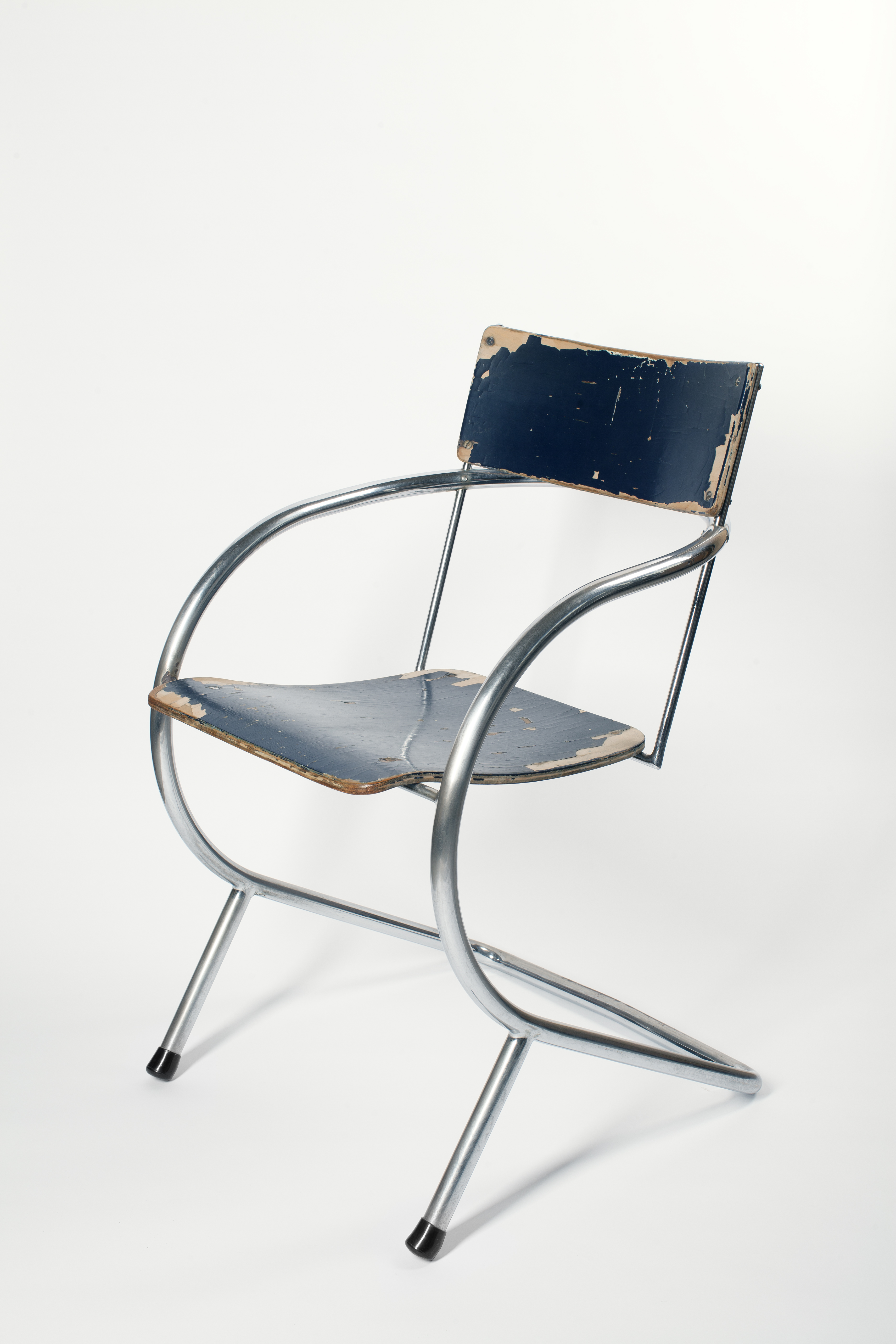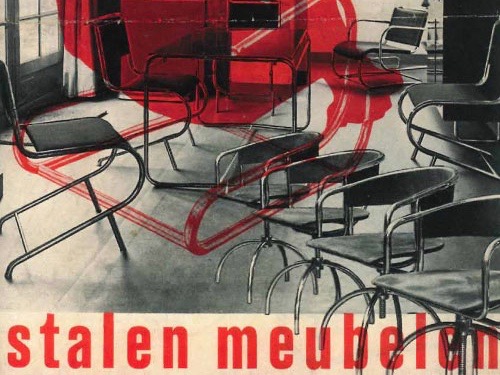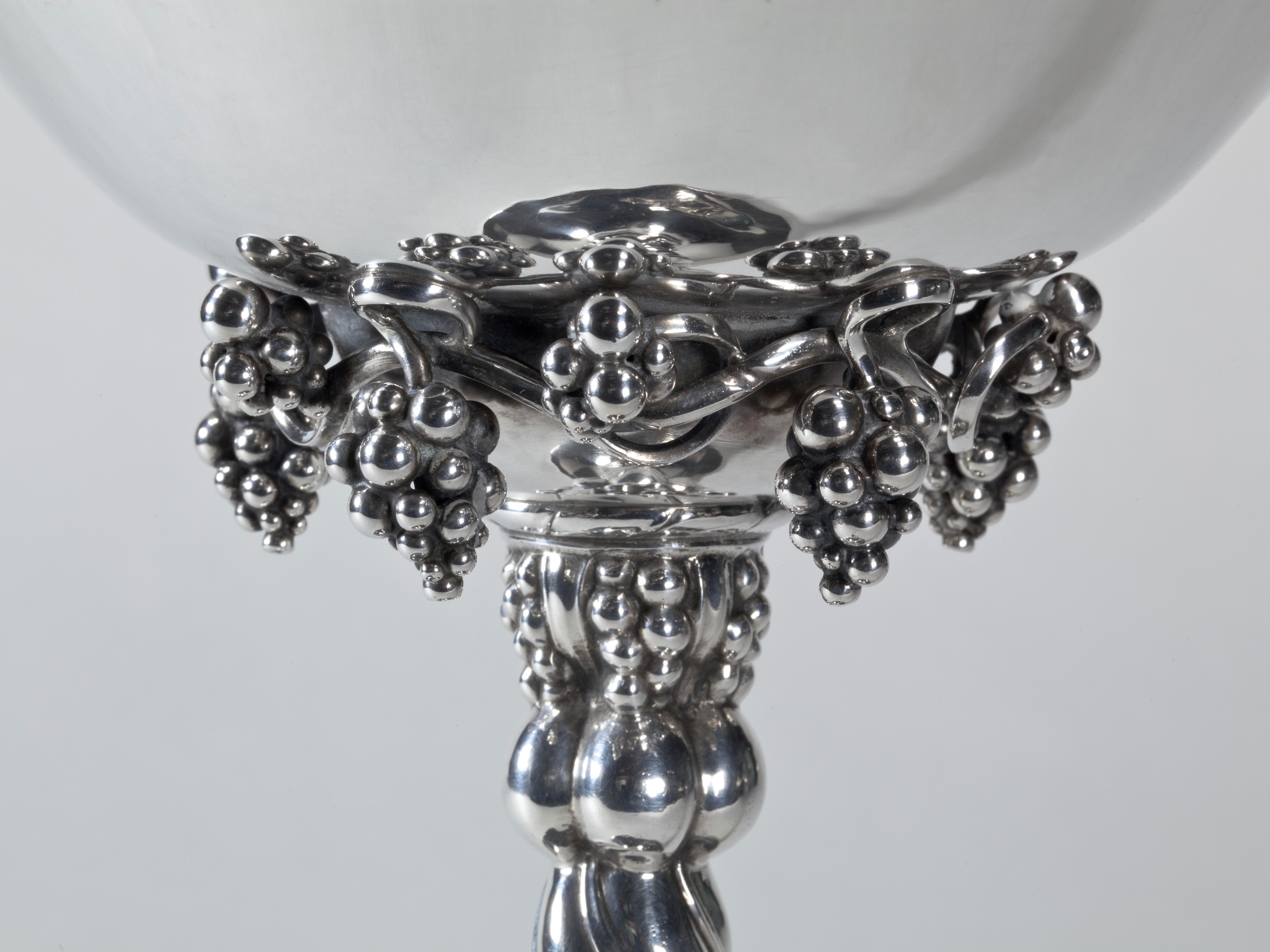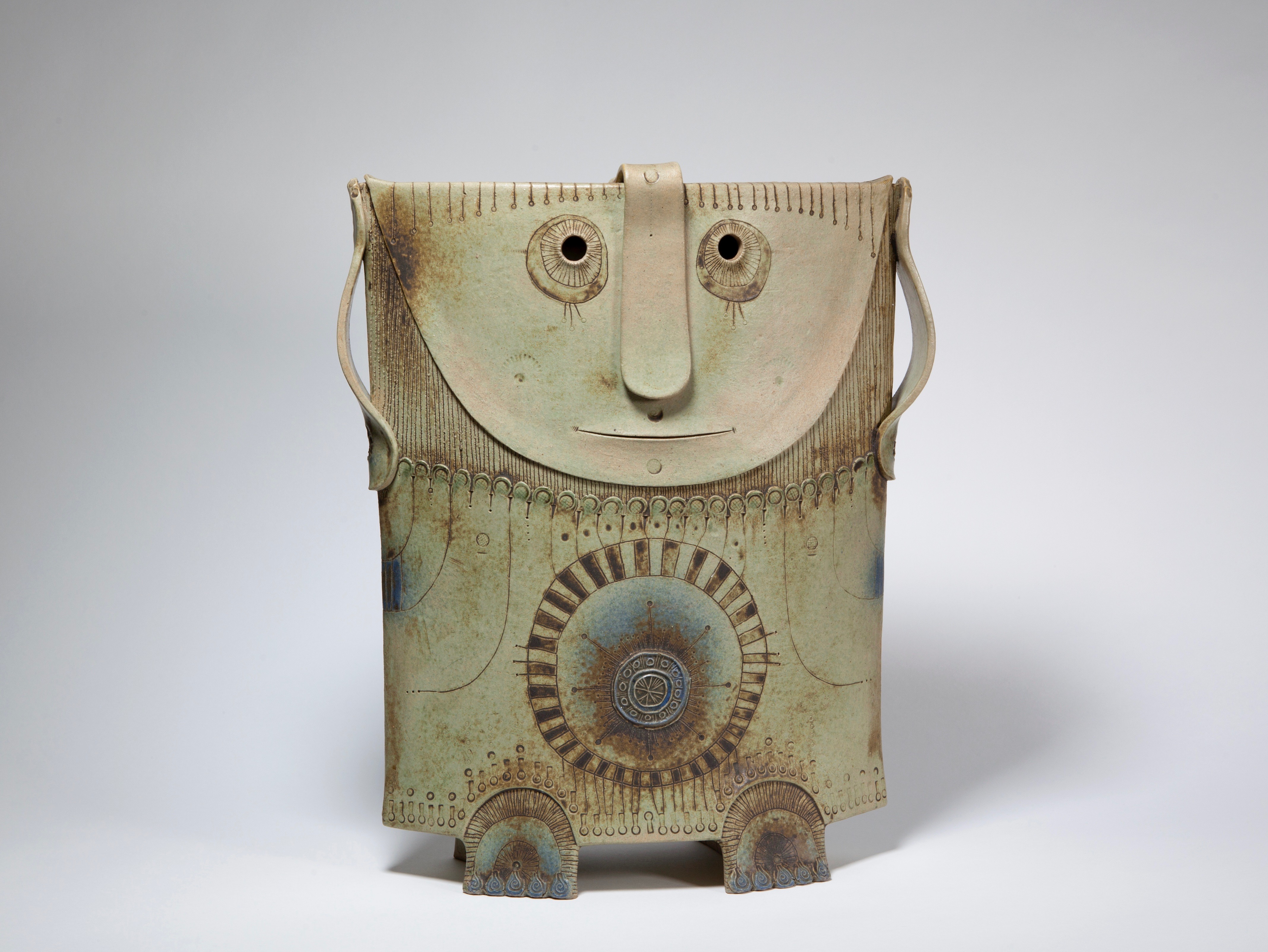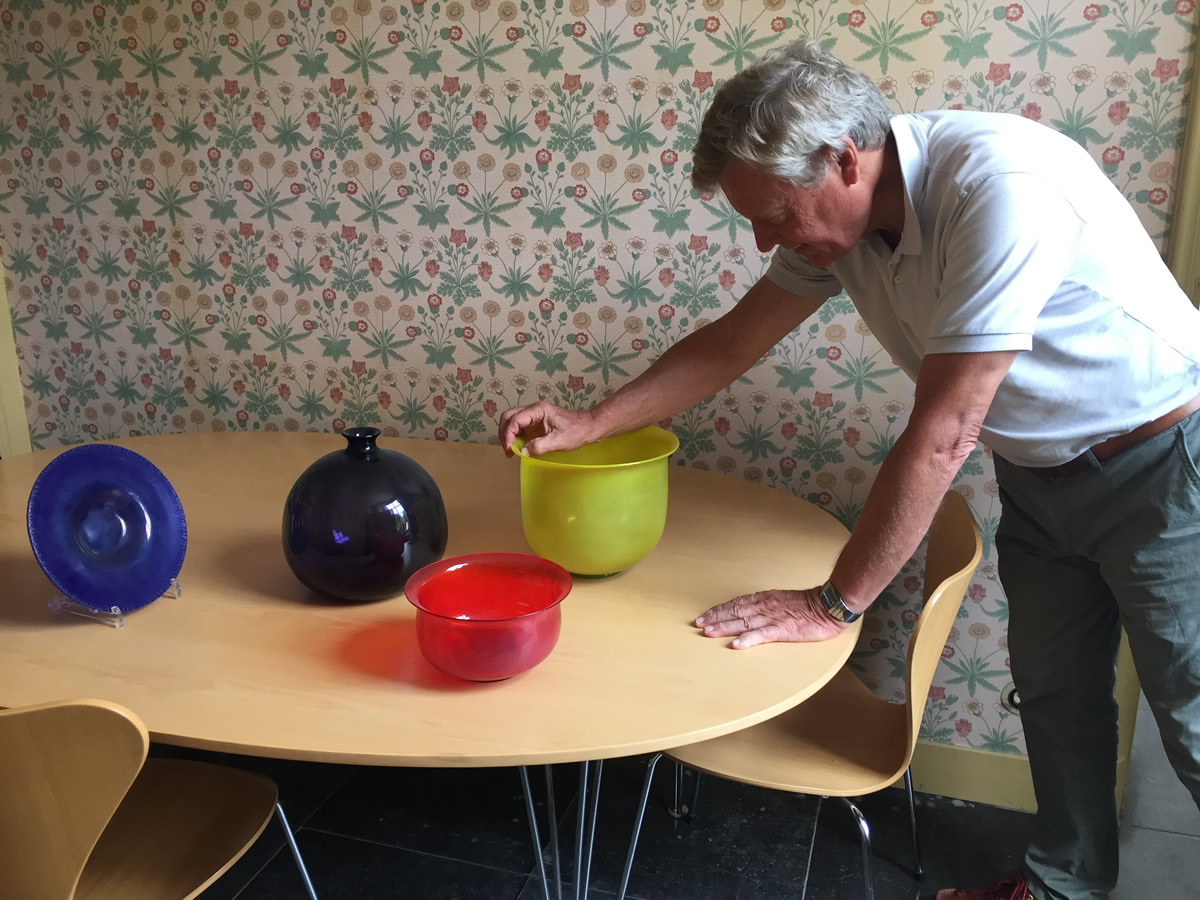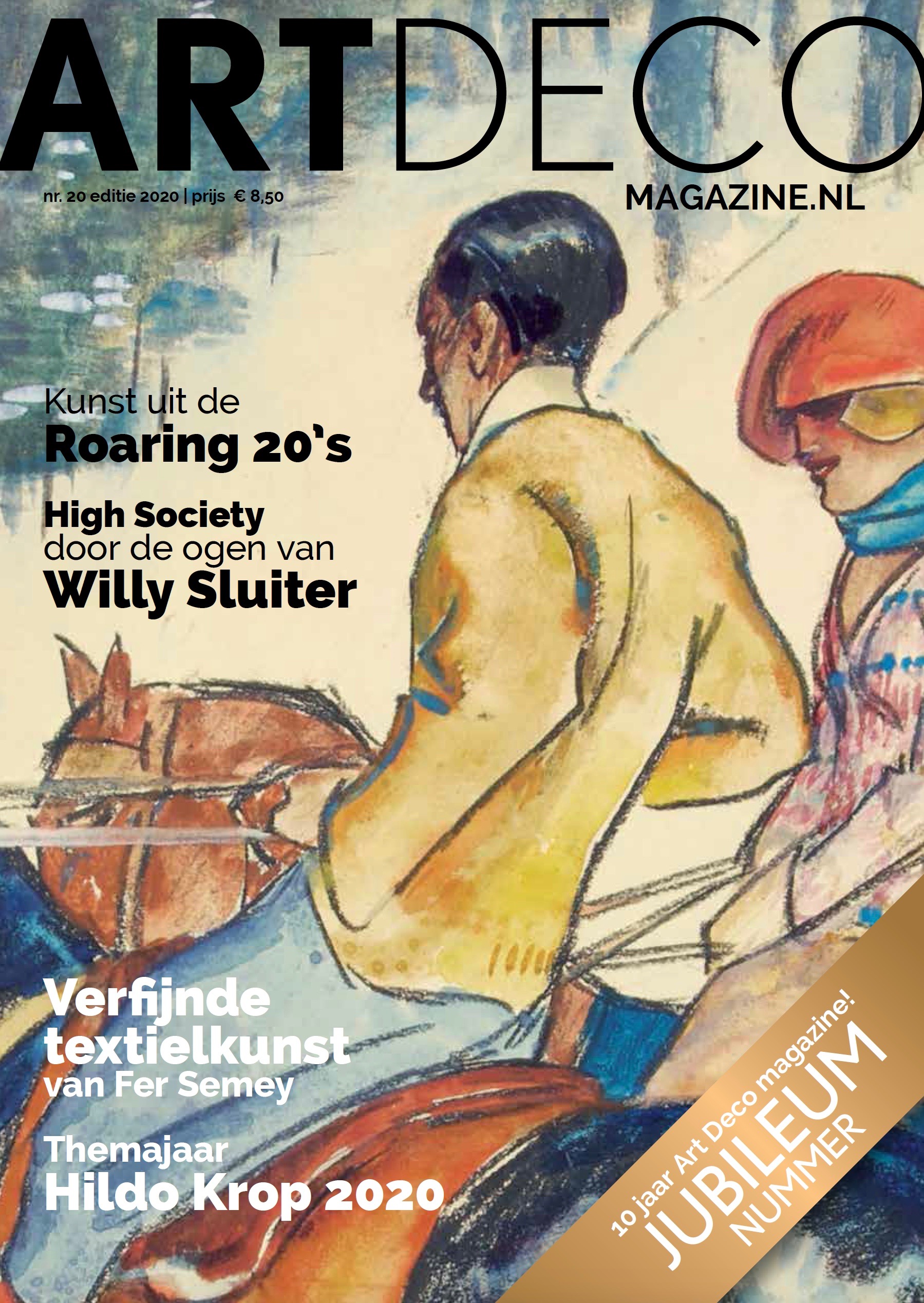Paul Schuitema and d3: A highlight in modern tubular steel furniture
At the beginning of the 20th century, major designers developed modernist furniture from tubular steel. Paul Schuitema designed one of the most eye-catching designs of that time for the Dutch furniture factory d3.
Bauhaus
In the late 1920s, industrial developments had a major impact on modern design. Experiments with new techniques and materials led to a new visual language. Especially the artists, craftsmen and architects of the Bauhaus played an important role in finding new forms and technical possibilities. Tubular steel constructions proved to be a great invention: furniture made of tubular steel was stable, relatively light, and easy to maintain. Machine mass production made this furniture accessible for a wide audience.
Mart Stam
The tubular steel construction made it possible to produce a chair without rear legs. The Rotterdam designer Mart Stam first came to such a design in 1926. He made a cantilever chair for his pregnant wife Lotte from gas tubes. Their doctor had advised her to sit up as much as possible during her pregnancy. Stam taught at that time at the Bauhaus, where he inspired Ludwig Mies van der Rohe and Marcel Breuer. In 1927, those two designed their own tubular cantilever chair.
Thonet
The first factory to take tubular steel furniture into production was Thonet. This was an important producer of affordable, light furniture that had been made since the nineteenth century from curved wooden frames and rattan seats. Thonet produced chairs, benches, tables and coat racks that were used in many households and cafés. From 1930, Thonet started producing tubular steel furniture, designed by Stam, Breuer, Mies van der Rohe and Gerrit Rietveld, among others. This included the tubular cantilever chair by Breuer and Mies van der Rohe.
Gispen
Not only the Bauhaus architects designed a cantilever chair. In 1931 Willem Hendrik Gispen came with his own cantilever chair, the 101. It was produced in Gispen's own factory, where previously the tubular steel diagonal chair no. 1 was manufactured. Gispen mainly focused on large-scale projects and also produced lamps in addition to his furniture. The Giso lamp series was particularly popular and became iconic for the company. Gispen still does large-scale projects today, especially office equipment.
Paul Schuitema en d3
Paul Schuitema had been active as a designer for almost a decade, when in 1930 he was commissioned to design a showroom for Van Berkel, to show their scales and cutting machines. For this showroom Schuitema designed two tubular metal chairs. Engineer Jan van Ettinger, who produced the chairs, saw opportunities to take these into production. Together with manufacturer Ph. Dekker, Van Ettinger and Schuitema started the d3 factory in 1932. Schuitema was responsible for the designs, Dekker for the production and Van Ettinger for sales. Soon other designs were taken into production, including that of Arie Verbeek and Rietveld.
Modern living in the 1930s
In the early 1930s, tubular steel furniture was pretty well established. They symbolized modern life. d3 succeeded in making profit out of this. From a functionalist view, Schuitema and Van Ettenger strived for a standardized, industrial mass production. Components were used as much as possible in different models, which optimized their production and made their furniture more affordable.
d3 produced only few cantilever chairs, which were all designed by Schuitema. A copyright discussion between Thonet - with designers Breuer and Stam - on one side and Gispen on the other may have been the reason for this.
Model 32 by d3
Model 32 is perhaps the most unique chair produced by d3. This cantilever chair has an elegantly curved frame, with forwardly sticking tube legs. The plywood seat and backrest are comfortably shaped, making the chair suitable for daily use. Because this chair is so different from the chairs of Thonet and Gispen, there has never been a copyright discussion.
Criticism about steel tube furniture
Despite the spirit of the times and the diligent efforts of designers, manufacturers and sellers, the demand for tubular steel furniture was not particularly high. The wooden chairs from Thonet were more popular among the general public than the metal chairs. In an article in ‘De 8 en Opbouw’ dated 5 January 1935 by L. Falkenberg-Liefrick, four causes were mentioned for the lack of popularity: the higher costs, the maintenance of the polished metal, the heat conduction of metal and the poor construction that often occurred at metal tables. However, the modern, representative character of steel furniture was praised.
Alternatives by Alvar Aalto and Pastoe
Meanwhile an attractive alternative to steel design had been developed. Designer Alvar Aalto from Finland used plywood in his designs. As a result, his furniture was also light, stable and smooth, but it had no negative heat conduction or high maintenance. The simple construction and machining of Aaltos designs ensured accessible prices. After the Second World War, plywood was more often used as a construction material, including for the Pastoe furniture.
1936: the end of d3
During its four years of existence, d3 was a commercial success. Schuitema made approximately 150 designs for d3 with the aim of serial production that would make the furniture as accessible as possible for everyone. Investors were needed to expand the production, but they also demanded customized designs in addition to batch production. This conflicted with the ideals of both Schuitema and Van Ettinger, who therefore left d3. Around 1936, d3 merged into Fana Metaal, for which Schuitema would make e a few more designs.
Text: Thomas Heijnen
Photo chair, model 32 of d3: Dennis A-Tjak
Historical images: Models from a d3 brochure. This brochure was also designed by Paul Schuitema, who enjoyed great fame as a graphic designer.
© Kunstconsult – 20th century art | objects
Reproduction and distribution of this text is only allowed with correct reference.

